The problem with audio devices such as wireless headphone is the use of Bluetooth to transmit data. Bluetooth is very efficient in terms of energy making it a popular choice for portable battery powered devices, but it generally suffers from a limited bit-rate.
Another method of audio transmission is through Wi-Fi, which is often used in home audio systems. Wi-Fi allows for much higher quality, but it tends to use far more energy and is more expensive meaning it is seldom used in portable technology. However, with the decreasing sizes and prices of Single-Board Computers (SBCs), it should now be possible to provide a portable solution using high-quality Wi-Fi data transmission.
In order to listen to the data from Wi-Fi, a Digital-to-Analog Converter (DAC) and an amplifier are required. After starting research on this idea, I found out that headphone jacks and internal DACs may soon disappear from new phones in a push to make them thinner. There are strong rumors that the new iPhone will not have them and other companies may soon follow.
In order to continue using current headphones and speakers with an auxiliary input, people will need to use either wireless or digital cables and carry a DAC. This project should provide a pocket-sized solution for people who don't want to buy new equipment while also allowing for high quality audio.
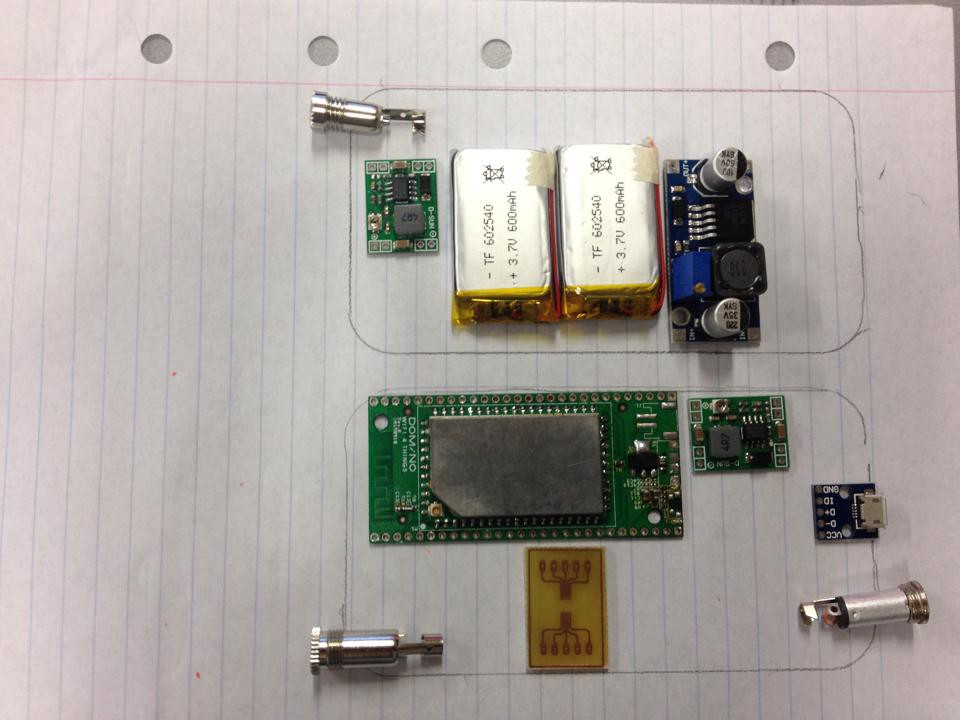
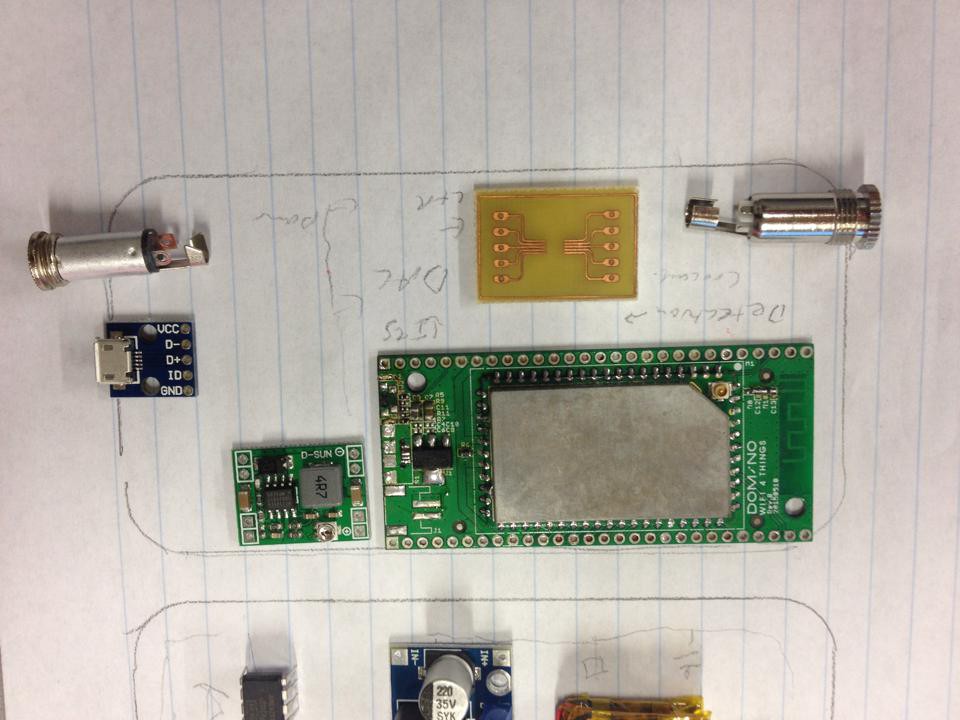
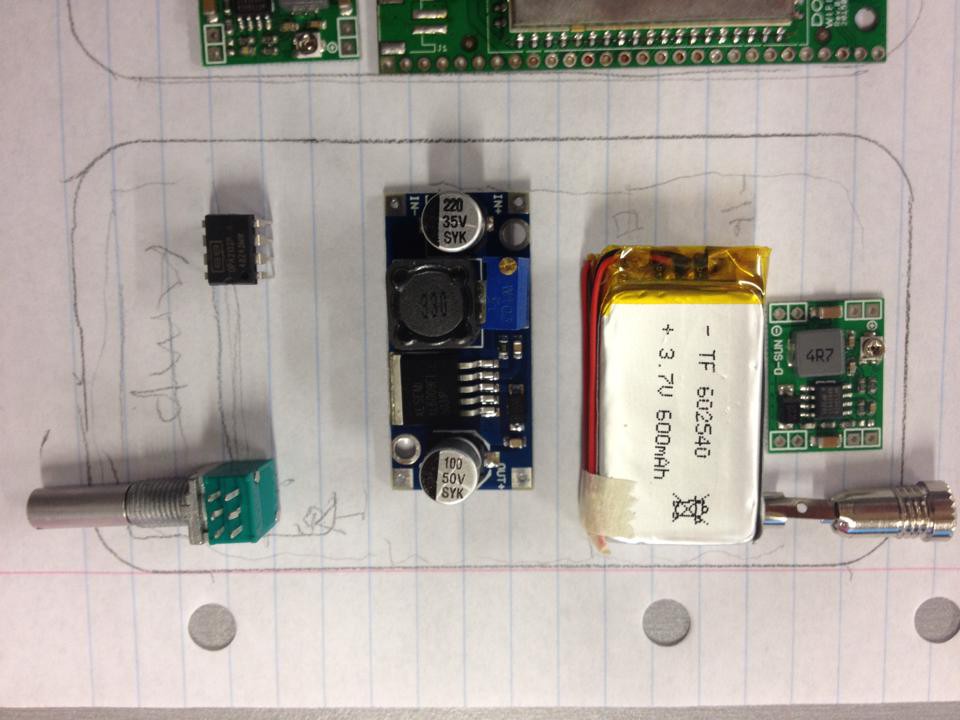
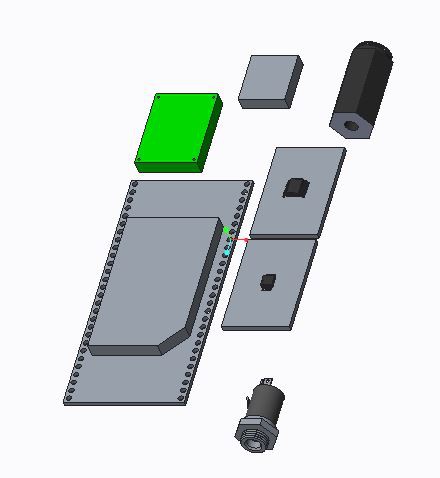
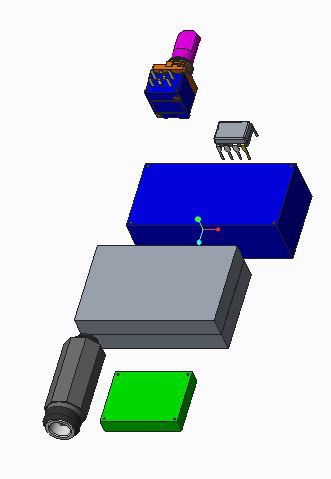
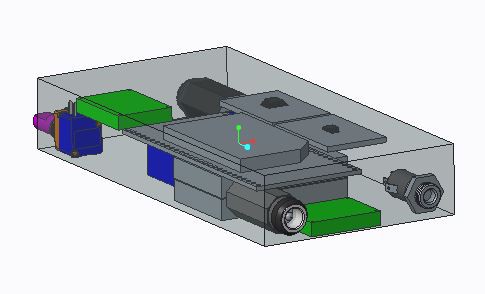
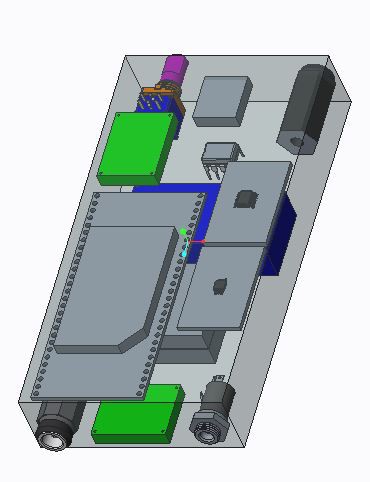

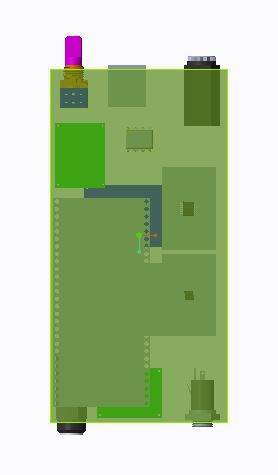
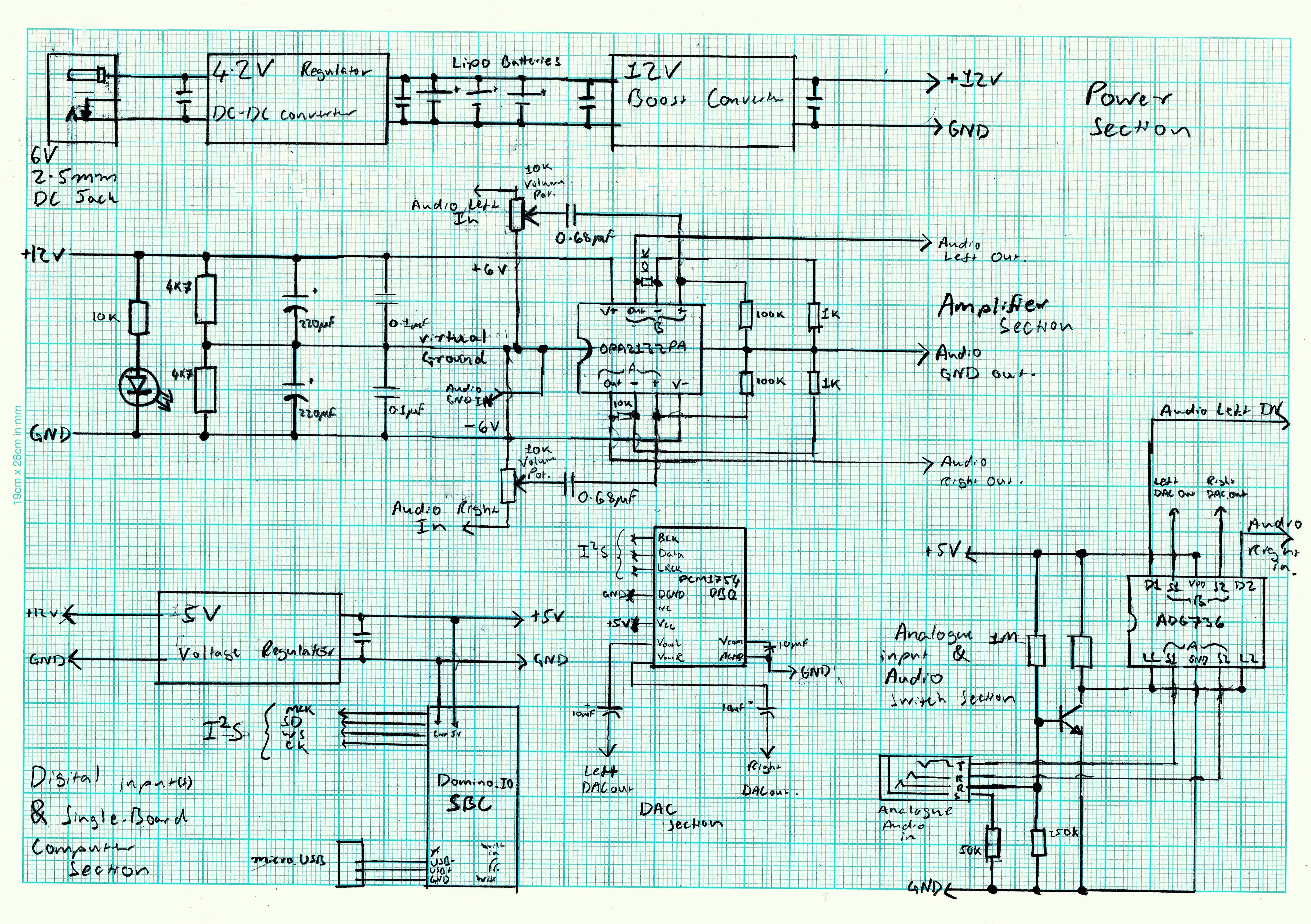
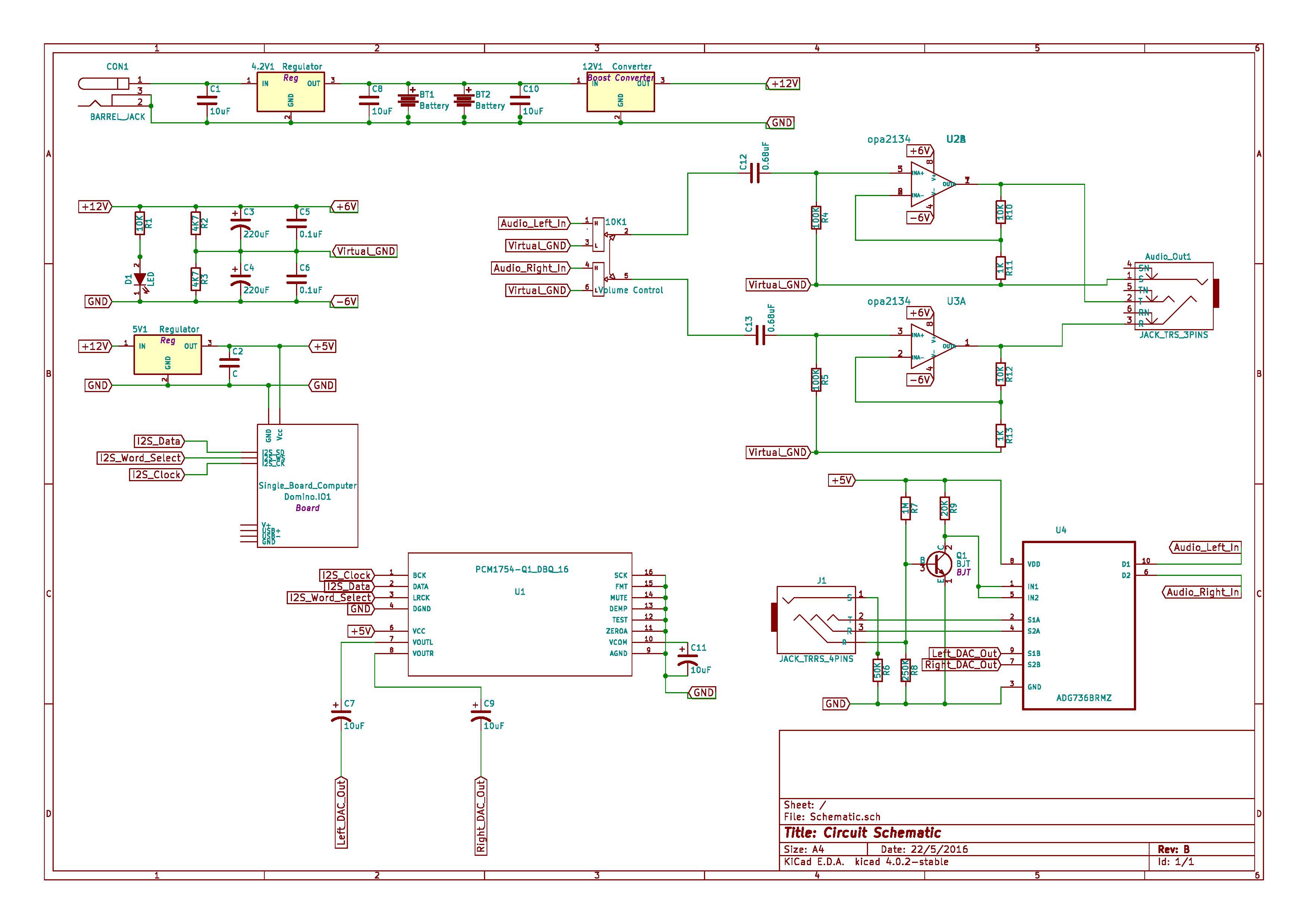
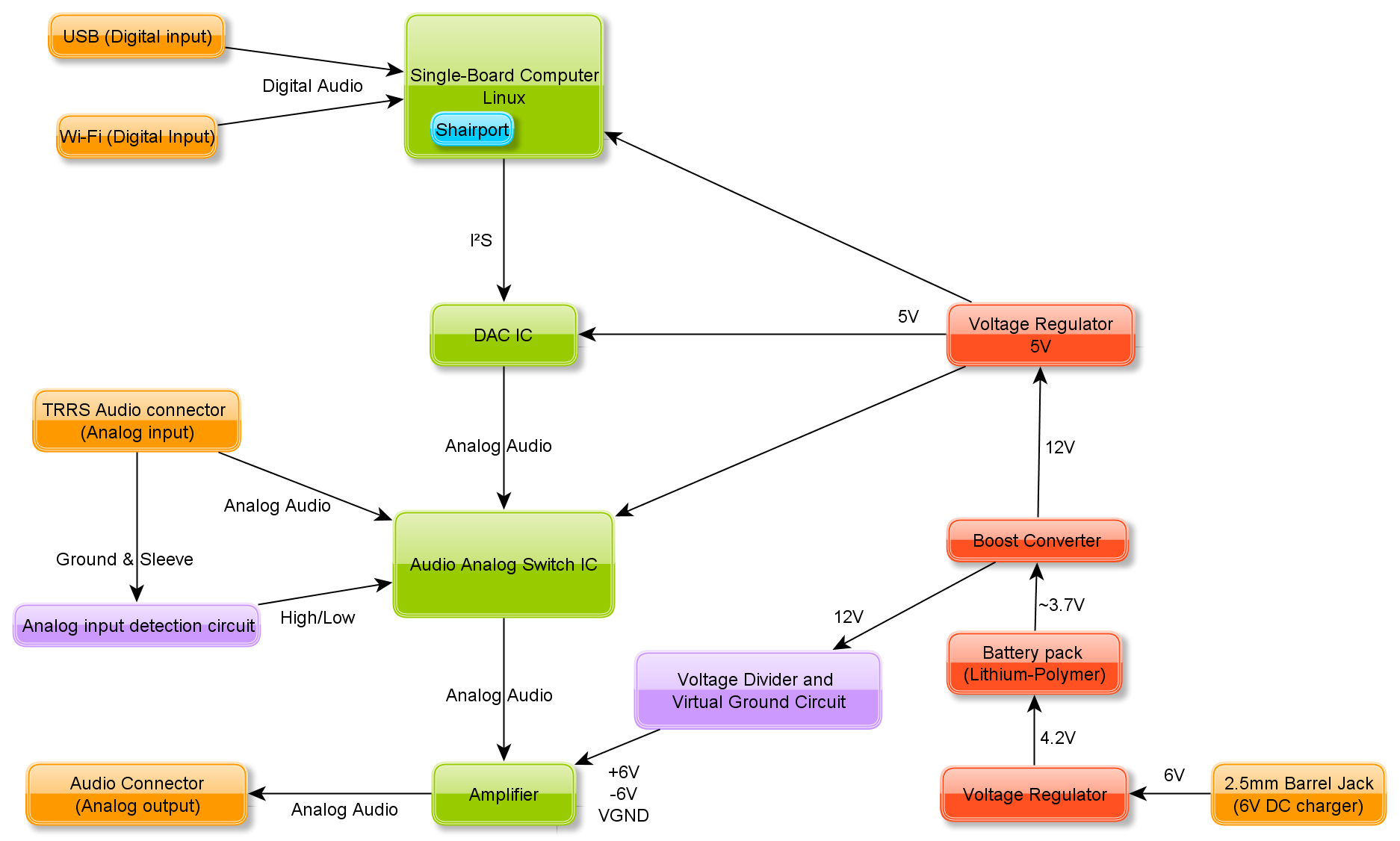
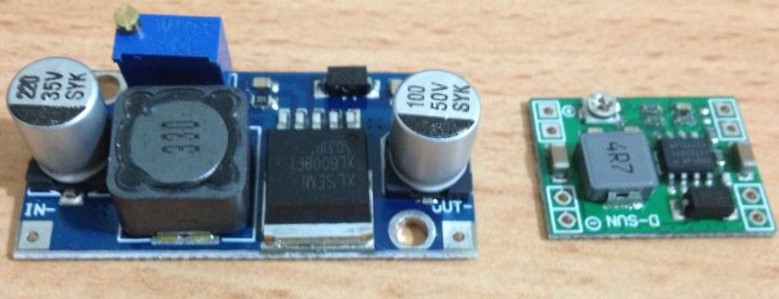
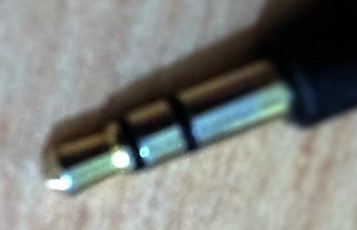


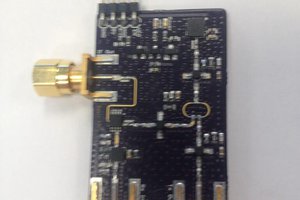
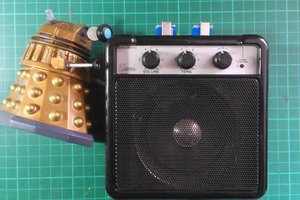
 Sproket
Sproket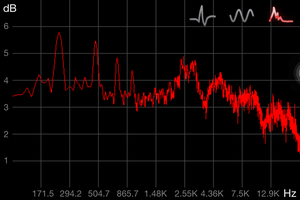
 ThunderSqueak
ThunderSqueak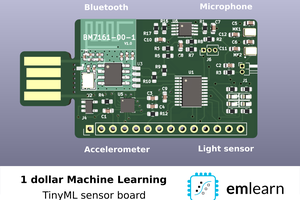
 Jon Nordby
Jon Nordby
have you seen this https://www.hifiberry.com/beocreate/? you think its hard to create a schematic file for beocreate?